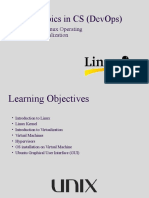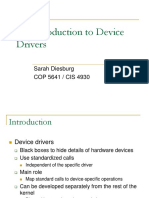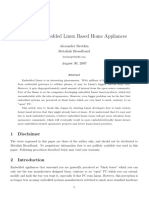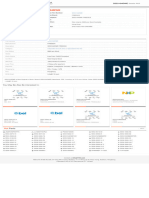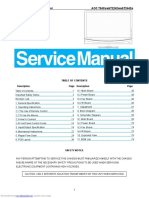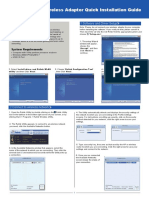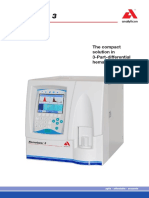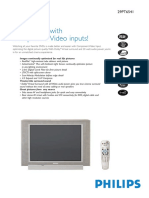0% found this document useful (0 votes)
75 views30 pages267 Hacking Linux Powered Devices
This document discusses hacking Linux-powered devices by modifying their firmware. It begins by introducing embedded Linux and providing examples like GPS devices and wireless routers. It then details extracting and mounting the filesystem from a Linksys router's firmware image. This allows viewing and modifying the root filesystem to add new capabilities. The document concludes by discussing rebuilding the firmware image with the modified filesystem to hack the device.
Uploaded by
Tanush KambleCopyright
© © All Rights Reserved
We take content rights seriously. If you suspect this is your content, claim it here.
Available Formats
Download as PDF, TXT or read online on Scribd
0% found this document useful (0 votes)
75 views30 pages267 Hacking Linux Powered Devices
This document discusses hacking Linux-powered devices by modifying their firmware. It begins by introducing embedded Linux and providing examples like GPS devices and wireless routers. It then details extracting and mounting the filesystem from a Linksys router's firmware image. This allows viewing and modifying the root filesystem to add new capabilities. The document concludes by discussing rebuilding the firmware image with the modified filesystem to hack the device.
Uploaded by
Tanush KambleCopyright
© © All Rights Reserved
We take content rights seriously. If you suspect this is your content, claim it here.
Available Formats
Download as PDF, TXT or read online on Scribd
/ 30
















